237.231 Independent Study Week #1
Topic: Information
Tasks
- Establish a working definition for “information”.
- Bring an example of the same information that is represented in different ways
Definition of “information”
The basic, empirical definition in the context in which we are using the word, taken from the Oxford English Dictionary, is as follows:
Knowledge communicated concerning some particular fact, subject, or event; that of which one is apprised or told; intelligence, news.
Information, n. : Oxford English Dictionary. https://www.oed.com/viewdictionaryentry/Entry/95568. Accessed 25 July 2022.
A more theoretical definition comes from the elementary work by Claude Shannon (and widely acknowledged as the “father of Information Theory”):
(Shannon) defined information as a message sent by a sender to a receiver. Shannon wanted to solve the problem of how to best encode information that a sender wished to transmit to a receiver. Shannon gave information a numerical or mathematical value based on probability defined in terms of the concept of information entropy more commonly known as Shannon entropy. Information is defined as the measure of the decrease of uncertainty for a receiver.
Logan, Robert K. ‘What Is Information?: Why Is It Relativistic and What Is Its Relationship to Materiality, Meaning and Organization’. Information, vol. 3, no. 1, Mar. 2012, pp. 68–91. www.mdpi.com, https://doi.org/10.3390/info3010068.
Entropy is usually thought of as the degree of disorder in a system, and I should probably also provide a definition that’s appropriate for this context.
statistical mechanics : a factor or quantity that is a function of the physical state of a mechanical system and is equal to the logarithm of the probability for the occurrence of the particular molecular arrangement in that state
communication theory : a measure of the efficiency of a system (such as a code or a language) in transmitting information, being equal to the logarithm of the number of different messages that can be sent by selection from the same set of symbols and thus indicating the degree of initial uncertainty that can be resolved by any one message
Definition of ENTROPY. https://www.merriam-webster.com/dictionary/entropy. Accessed 26 July 2022.
Information, Entropy, and Art
Arguably, the main purpose of art is to convey meaning, so therefore an artwork is presumably acting as an information source. How, then, does can artwork generated primarily with random input be considered an artwork?
I find it interesting to think of artworks in general as a means of conveying information.
For example, let’s look at some of the artworks by Kenneth Martin that made use of random value generators.
“The points of intersection on a grid of squares are numbered and the numbers are written on small cards and picked at random…A line is made between each successive pair of numbers as they are picked out”.
Pure Randomness in Art | Understanding Uncertainty. https://understandinguncertainty.org/node/1066. Accessed 26 July 2022.
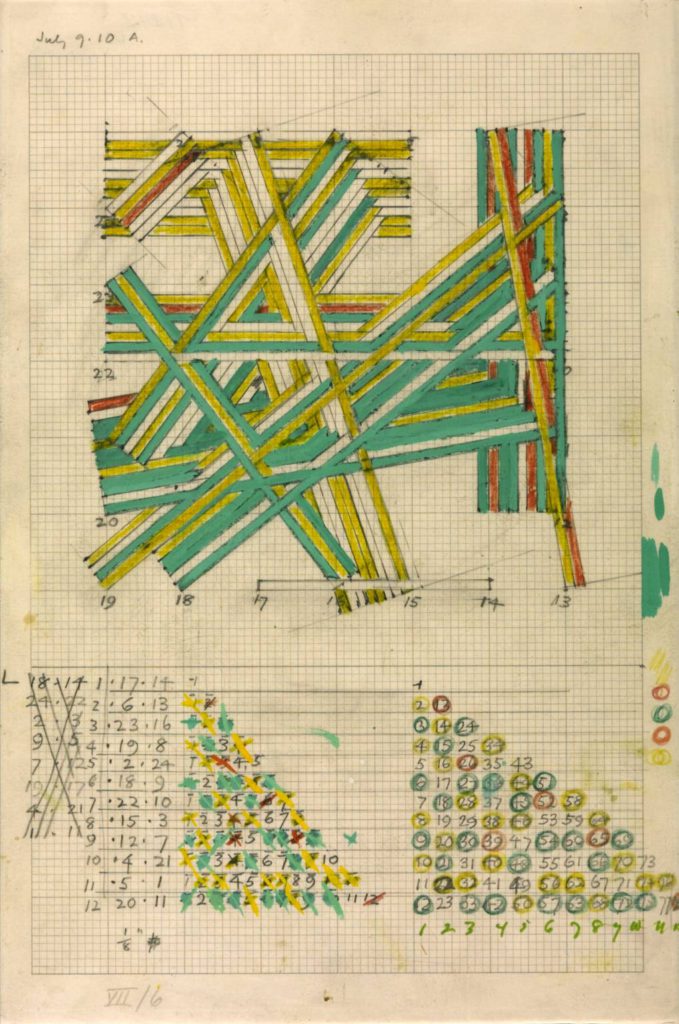
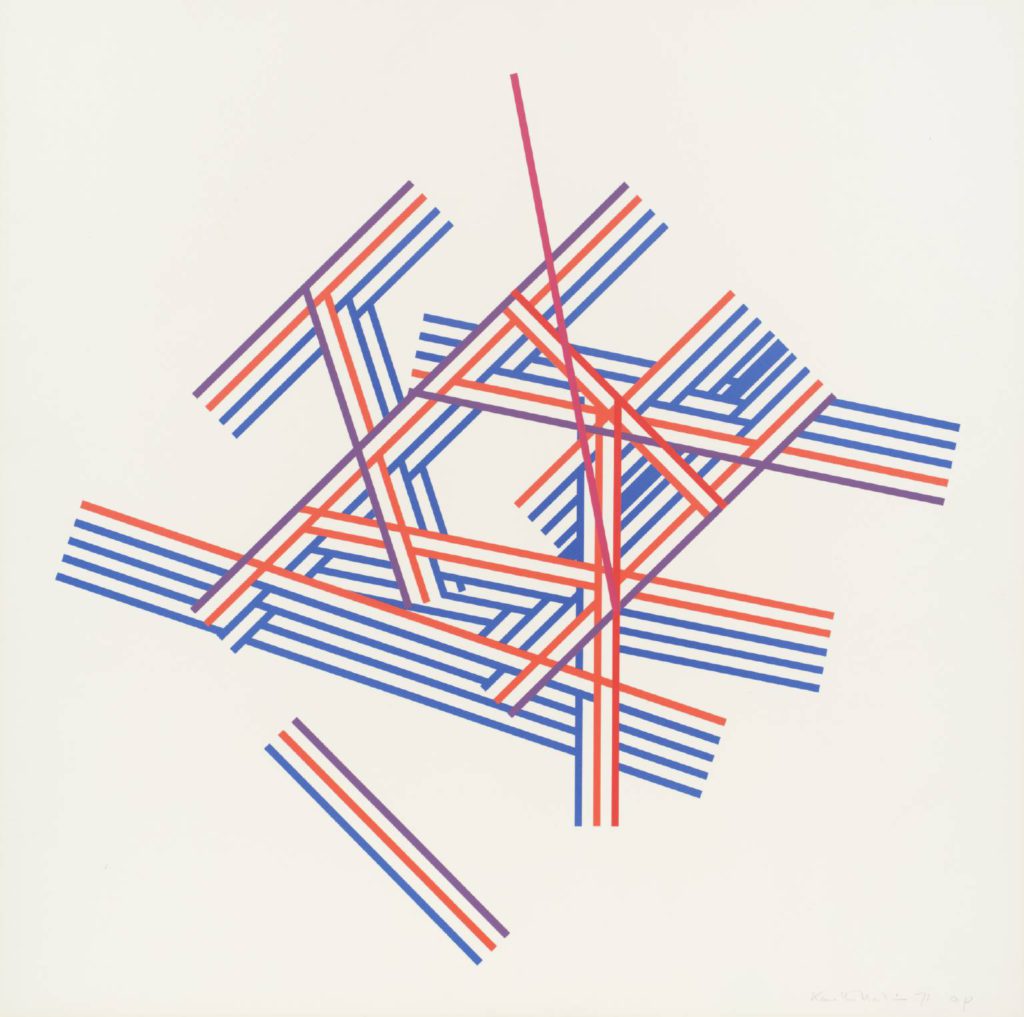
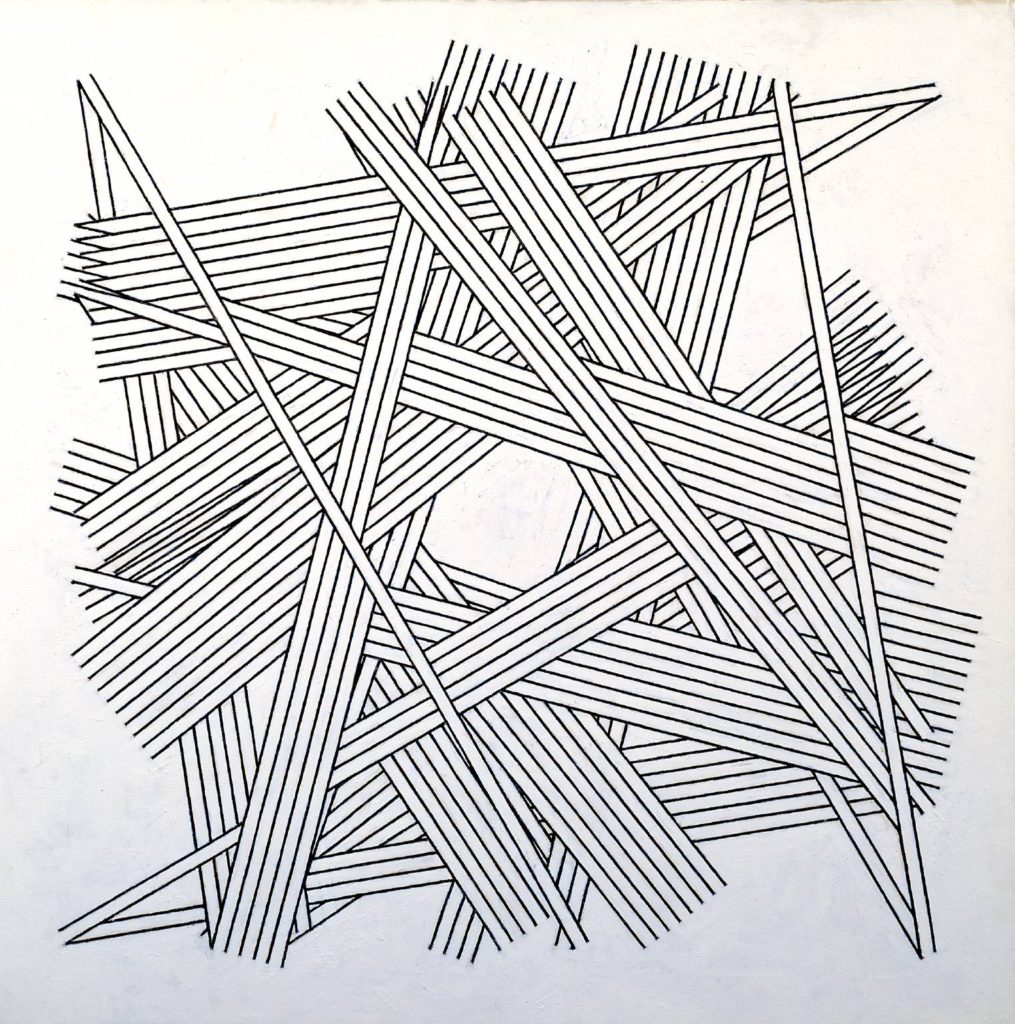
Subjectively, these are artworks, and I’m clearly not alone in this opinion given they’re in the Tate. However, their origin would seem contradictory to Shannon’s definition of information, given that their origins were in “pure” entropy. Therefore, they cannot contain information that is being passed to a receiver.
Differing representations of information
Changing tack somewhat, I believe it will be interesting to look at the virtual worlds of role playing games (RPGs). An RPG is a game where the players change their behaviours to assume a role, and then interact with a game world. The game world can take many forms, from a past rendition of the “real” world to a world far more speculative, for example an imagined world of the far future, or one based on a fantastical environment.
Historical RPGs
Role playing games have arguably existed for millennia. The earliest activities akin to role playing, for which we have evidence, date from Han dynasty China (202 BC – 9 AD, 25–220 AD). These were essentially historical reenactments, where the participants acted as the part characters from earlier periods of history.
While his takes RPG history back over two thousand years, given human’s enjoyment in the use of their imagination, it’s not unlikely that role playing games have been a pastime for humans since long before that.
It should be noted that, as RPGs evolved, earlier approaches to the genre did not disappear – they are all still being played in various forms.
Tabletop RPGs
What most people consider to be RPGs – tabletop fantasy RPGs – started to be played in the mid 1960s.
In most tabletop RPGs, a designated player, normally referred to as a Game Master (GM), describes the game world and its inhabitants to a group of players. The players respond to their understanding of the world, and describe the intended actions of their characters to the GM. The GM, working with a framework of previously agreed rules (often purchased) describes the outcome to the players. Where skill or chance is involved, the players will typically roll dice to determine whether an action is successful, and if so, what the consequences are.
Computer RPGs
Building on, and making extensive use of the terminology and gameplay mechanics from tabletop RPGs, computer RPGs have developed into a distinct form of their own. Essentially, computer RPGs replace the human GM with a computer program, with the player(s) inputing their intentions into the computer using a defined interface. The computer GM logic determines outcomes and presents ongoing results to the player(s).
Computer RPGs were initially text based, with the player (usually just one) reading about the world and the activities in it, and then entering their instructions in by keyboard.
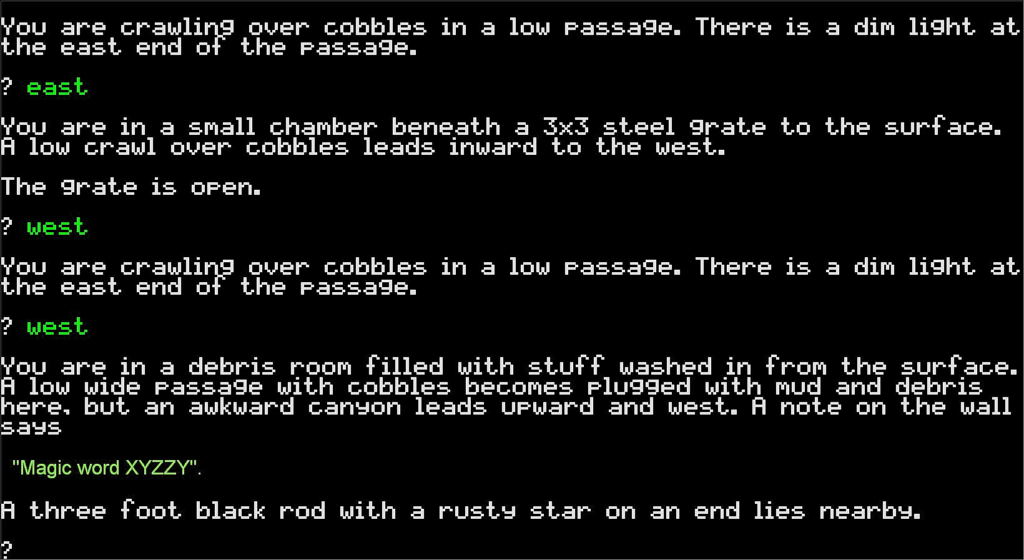
Later games added simple images, adding to the richness of information, but retained the text driven interface.
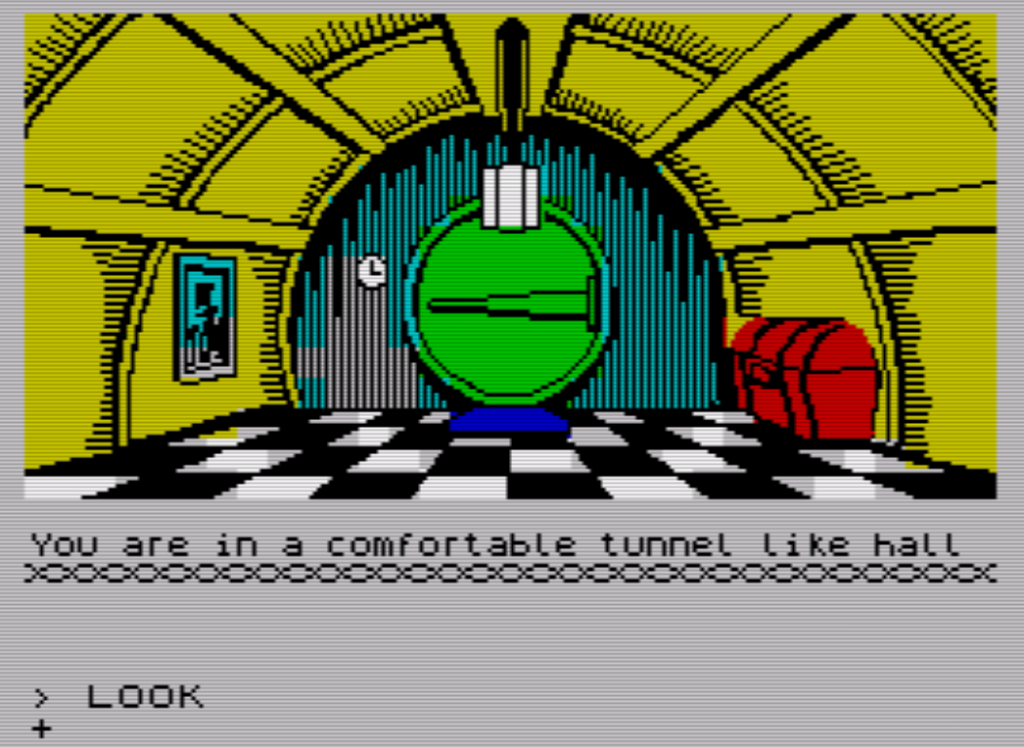
It took the graphical power available to computer systems of the 1980s before the text driven interfaces were superseded.
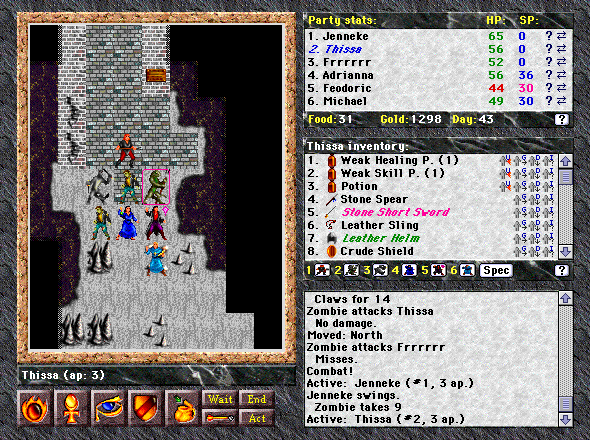
The early graphical RPGs were limited to two dimensions, but the simulation of three dimensions emerged a few years later.
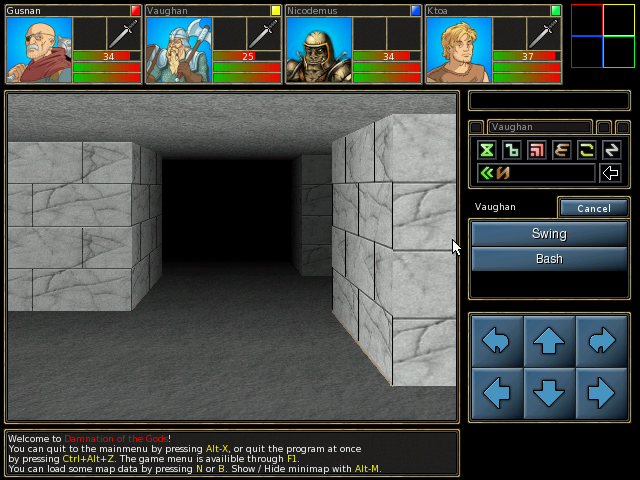
True three dimensional RPGs did not appear until 3D graphics acceleration hardware appeared for home computers in the mid 1990s.
Since then, graphics have advanced to the photorealistic levels we see at the time of writing (2022), but the general concepts, of player interactions with a game world through the proxy of a computer interface, have remained the same.
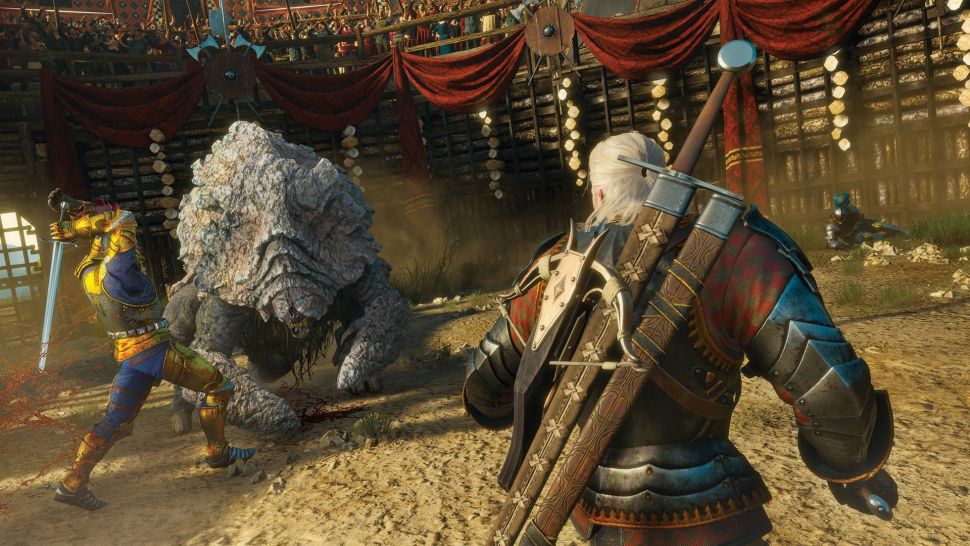
RPG World Information
The “world” represented in RPGs essentially exists in the imagination of the player – a “mental model”. The GM or computer provides descriptions or views which the player’s mind then processes and uses to adjust their mental model of the world.
Let’s consider a simple example of a player in an RPG being presented with an object. In a non-computer RPG, the GM will verbally inform the player about the object, or if some kind of game map is being used with miniatures of the environment, may present the player with a miniature model of the object. In a computer RPG, the computer may present text saying, “you see an object”, or it may display a representation of the object in 2D or 3D space (typically on a flat, 2D screen, or in more advanced game in three dimensions in a virtual reality headset).
Fundamentally though, this is all the same thing. The player receives the object information, and then updates their mental model of the game world to include the object.
Game’s model and player’s mental loops
The game’s model loop represents the dynamic world of the game. It is the combination of all the systems present in the game with which the player can interact. The player’s loop, on the other hand, is the mental model of the game world that the player creates.
The player builds his own mental loop based on the actual game model loop. He set his goals and executes actions that generate feedback in the game and continue to do so until his or her goal is achieved.
Practical Game Design [Book]. https://www.oreilly.com/library/view/practical-game-design/9781787121799/. Accessed 26 July 2022.
237.231 Independent Study Week #2
Topic: Information
This week’s reading
- Here Comes Everybody by Clay Shirky (2008)
Read the Intro and Chapter 1. Go deeper if inspired. - The Filter Bubble Intro and Chapter 2 by Eli Pariser (2010)
Here Comes Everybody
Interesting story of how the power of the early social networks got a stolen phone returned to its rightful order, while breaching what in today’s world would be lots of privacy regulations…
The Filter Bubble
Filter bubbles. Best avoided. If you can.
There are reasons why a lot of IT people don’t use social media – and get upset when their kids do – and it’s because they don’t want to become the free product.
A very long time ago, like last century or something, I worked for an online store. Online stores, even back then, tried to figure out people’s shopping habits so they could sell them more stuff. The shopping habits of the people who used our store were mashed together and various inferences made. A simplistic example of this inference might be, if somebody buys product A and product B, then maybe other people who buy product A might also like to buy Product B, and so on. This inference and matching job ran overnight – all night – on literally the most powerful computer that the online store could afford, a Sun E10000, which looked like some kind of giant wardrobe with a Dr Who flavour, and apparently cost a few hundred thousand bucks:

These days, we’d probably just feed the data to a Machine Learning algorithm in the Cloud and let it loose.
Information Representation
The challenge is to bring an example of the same ‘information’ that is represented in different ways.
An example is music!
Notation
Here’s some standard musical notation:
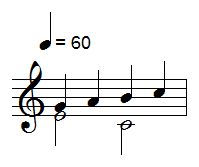
Here’s the same music in MIDI notation
t=0 : 0x90 - 0x40 - 0x40 (Start of E3 note, pitch = 64)
t=0 : 0x90 - 0x43 - 0x40 (Start of G3 note, pitch= 67)
t=1 : 0x80 - 0x43 - 0x00 (End of G3 note, pitch=67)
t=1 : 0x90 - 0x45 - 0x40 (Start of A3 note, pitch=69)
t=2 : 0x80 - 0x45 - 0x00 (End of A3 note, pitch=69)
t=2 : 0x80 - 0x40 - 0x00 (End of E3 note, pitch=64)
t=2 : 0x90 - 0x3C - 0x40 (Start of C3 note, pitch = 60)
t=2 : 0x90 - 0x47 - 0x40 (Start of B3 note, pitch= 71)
t=3 : 0x80 - 0x47 - 0x00 (End of B3 note, pitch= 71)
t=3 : 0x90 - 0x48 - 0x40 (Start of C4 note, pitch= 72)
t=4 : 0x80 - 0x48 - 0x00 (End of C4 note, pitch= 72)
t=4 : 0x80 - 0x3C - 0x40 (End of C3 note, pitch = 60)What’s MIDI?
MIDI is an acronym for Musical Instrument Digital Interface, and is a hardware and software specification that enables computers and music synthesizers to communicate with each other. Fundamentally, it’s a text based form for describing music so that an electronic musical instrument can output it as audio.
Finally, we have the music itself – an audio representation of the information above.
237.231 Independent Study Week #3
Reading
I read this week’s assigned texts. Some notes:
There’s a very real tension between the ethos of “A Declaration of the Independence of Cyberspace” and the Compendium of Māori Data Sovereignty. The former is strongly open and anti-sovereignty as a matter of principle; the latter asserts that control and sovereignty are a matter of customary right. They are two ends of a spectrum, and as it often the case in situations like this, it’s not unlikely that both are in need of compromise to find a workable middle position.
Assignment
Need a brief/outline of my final assignment for this module:
Bit stuck at this stage, on two ideas, so why not expand on both:
- The environmental impact of Information, particularly storage and processing.
- Entropy, Information, and Art – elaborating on the use of randomness to generate artworks, which is interesting to me given Shannon’s definition of information as the measure of the decrease in uncertainty for a receiver.
1. Environmental impacts of Information
Despite the ongoing improvements in data center installations and storage systems’ energy efficiency, the underlying greenhouse gas and environmental footprint due to data storage is becoming increasingly significant in terms of the overall footprint of IT.
Reducing the Environmental Impact of Data Storage. 11 June 2022, https://www.unsustainablemagazine.com/environmental-impact-of-data-storage/.
A midsize data center uses about 130 million gallons of water per year—roughly the same amount of water as 100 acres of almond trees, three average-sized hospitals, or two 18-hole golf courses.
Levitch, Julie. How Could Data Growth Impact the Environment? 28 Sept. 2021, https://blog.purestorage.com/perspectives/data-growth-and-environmental-sustainability/.

2. Entropy, Information, and Art
If I take this option, I will choose to contrast two definitions:
- Claude Shannon’s definition of information, as the “measure of the decrease in uncertainty for a receiver”
- Art without meaning is decoration.
That would imply that artworks produced through purely random processes may not be Art, because there is no reduction in uncertainty in the generation of the work, so no reduction in uncertainty for the observer/receiver.
237.231 Independent Study Week #4
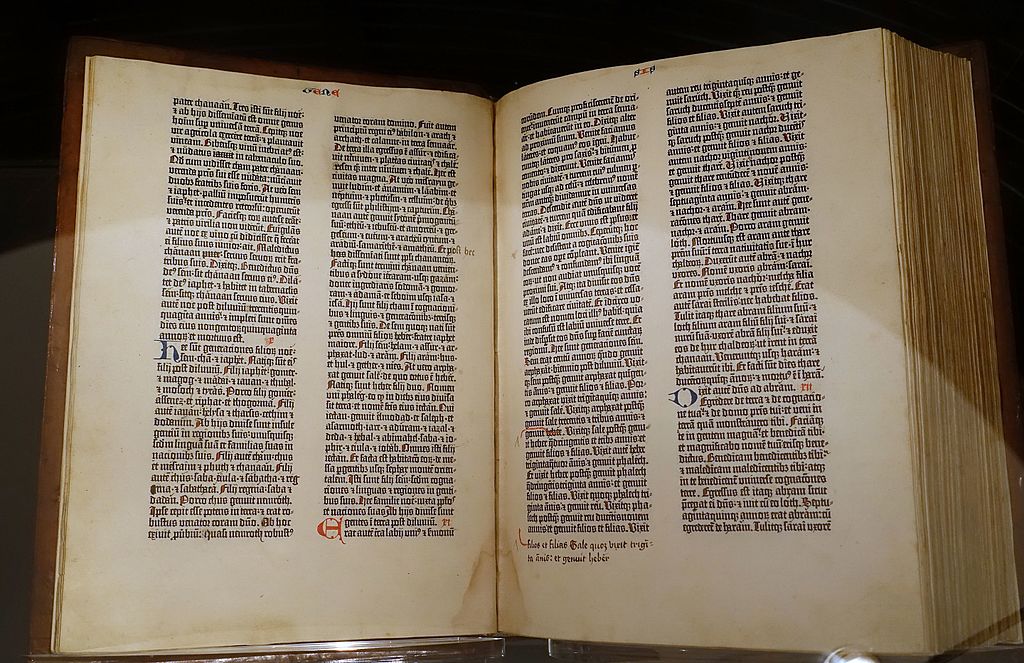
My Paperless Manifesto
Readers of the world, throw off your shackles. Compost your books. The paper age is over.
As we approach the 20th anniversary of the first commercial electronic ink book reader, the time has come to use paper books as fertiliser, and embrace e-books as the only way forward.
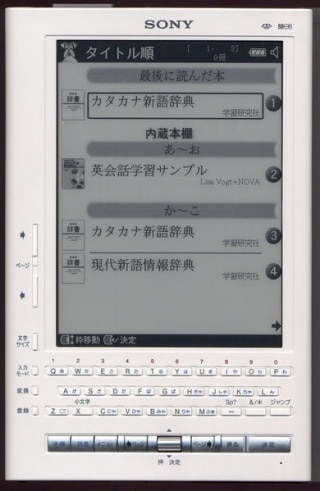
Students across the world can stop damaging their spines by backpacking countless kilos of textbooks. By switching to ebook readers, they can carry all of their books for their entire career in a single device. They need not buy books only to use them for a short period; instead, they can have the freedom of not owning anything, and gain access to all of the information they need as a far simpler paid service. Their attention spans will naturally reduce down to better fit the online world. They will avoid the wasted hours reading through assigned texts, only to run the risk of never needing that information. They will instead be connoisseurs of search engines and curated links, safe in a search bubble and protected from superfluous material.
Libraries full of organic sheets have no place in our world. They should be repurposed as information access and research centres, where communities can gather to access and share information.
Almost all books are available electronically, but what are we to do with the now defunct paper books? Simple: we will now have access to decades worth of organic material ready for composting. Modern inks are usually biodegradable, but older inks can contain heavy metals and other contaminants. Fortunately, we have already developed techniques to strip any harmful inks from paper – we can use that to recover the ink, then process the paper into compostable material. The technology exists to break our dependency on paper – we just need to embrace it. Imagine the vast piles of healthy compost we can produce!
Environmental impacts of Information
Paper is not good for the environment.
“Paper production encompasses harvesting trees, pulpwood and pulp production, bleaching, sheet forming, drying, and cutting,” says Gregory A. Keoleian, the director of the Center for Sustainable Systems at the University of Michigan. “Papermaking is a water resource-intensive process and a variety of chemicals are used in the pulping and bleaching process, resulting in air and water pollutant emissions.”
‘You May Need to Read Dozens of Books Each Year to Offset That New E-Reader’. Popular Science, 17 Feb. 2022, https://www.popsci.com/environment/books-ereader-sustainability/.
However, e-book readers also cause environmental damage.
Like any consumer electronic, e-readers are generally energy- and water-intensive. It’s difficult to nail down the exact amount of energy consumed in producing an e-reader from all its component parts, and the international supply chain only complicates the process further, says Dunn. It is estimated that producing one e-reader uses around 100 kilowatt hours of fossil fuels and 79 gallons of water, and also emits 66 pounds of carbon dioxide.
‘You May Need to Read Dozens of Books Each Year to Offset That New E-Reader’. Popular Science, 17 Feb. 2022, https://www.popsci.com/environment/books-ereader-sustainability/.
Which approach is best?
If we were to turn our attention to the planet, buying physical copies of books favours the occasional reader as they won’t make enough use of an e-reader to pay back the total carbon footprint.
Others also opt to support FSC certified publishers that ensure responsible use of forest resources. Of course, there’s always the option of joining the library.
As for e-readers, using e-readers to the end of their natural lives ensures that they are as economical as possible.
‘E-Readers vs Books: Which Are Better for the Environment? ♻CW’. Commercial Waste, 31 May 2022, https://commercialwaste.trade/e-readers-vs-books-better-environment/.
